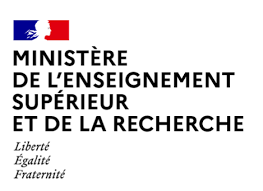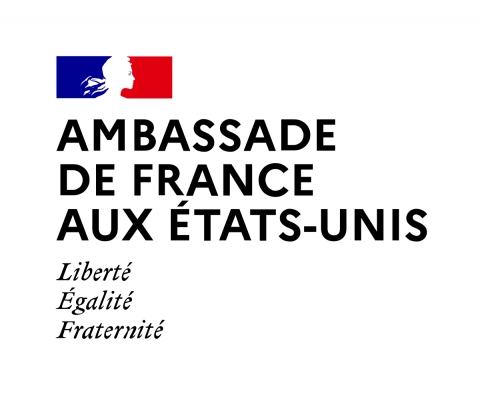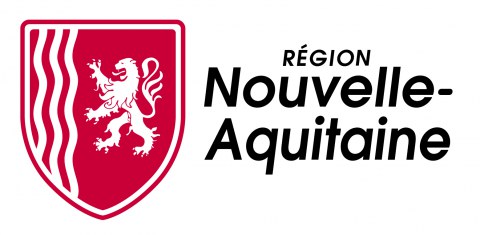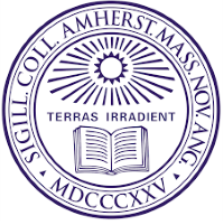
Publication
Félicitations à Tom Gurin (Fulbright advanced student à l'École Normale de Musique de Paris pour la publication de son article "Overtones, Sonic and Politic: Minor Thirds, Tritones, and Nationalism in Bells and Octatonicism" dans la revue Bulletin of the Guild of Carillonneurs in North America.
Abstract:
This article demonstrates three campanological “overtones”— minor thirds, tritones, and nationalistic appeal—and their connections to octatonicism in Russia, the Netherlands, and the United States between the mid-nineteenth and mid-twentieth centuries. In Russia, bells as sonic and cultural objects projected an array of real and symbolic overtones that resonated with composers seeking a Russian language for art music. Bell-filled sound environments, not just bell chords such as those in Mussorgsky’s Boris Godunov, were conducive to the development of octatonicism. In the Netherlands, octatonicism—here called the “Pijper scale”—also took root in a campanologically saturated environment with a centuries-old, highly politicized bell culture. Pijper’s pupil, Henk Badings, made note of bells’ overtone structures and composed the first known fully octatonic carillon piece. In the United States, Roy Hamlin Johnson developed an “American” style of (often) octatonic carillon composition around bells’ minor third overtones. However, while developing it, Johnson was steeped in the openly racist music of John Powell and a definition of “American” that implied whiteness. Ultimately, this analysis aims to articulate the full extent of the historical connection between bells and octatonicism while calling attention to “overtones” that have historically been tuned out or, worse, smoothed over.

































